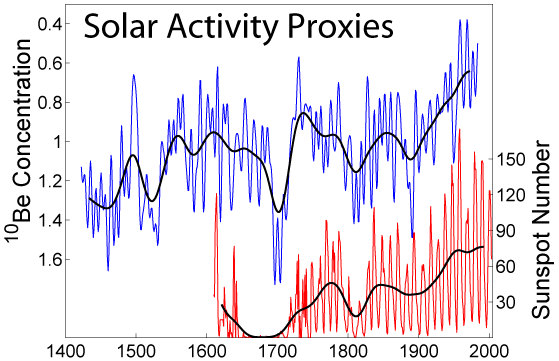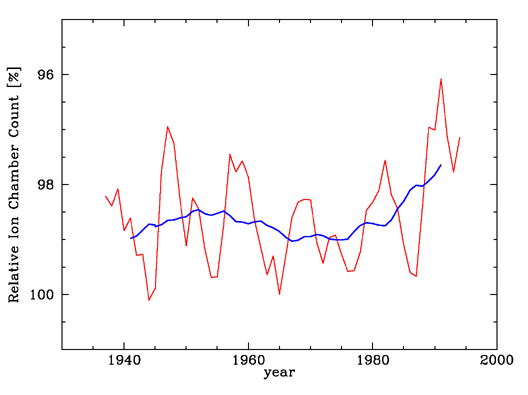- Joined
- Mar 31, 2013
- Messages
- 63,463
- Reaction score
- 28,799
- Gender
- Male
- Political Leaning
- Undisclosed
This is from the Chairman of the Raccah Center for Physics at the Hebrew University of Jerusalem and IBM Einstein Fellow at the Institute for Advanced Study, Professor Nir Shaviv.
[h=2]How Climate Change Pseudoscience Became Publicly Accepted[/h]
Ohlookablog


